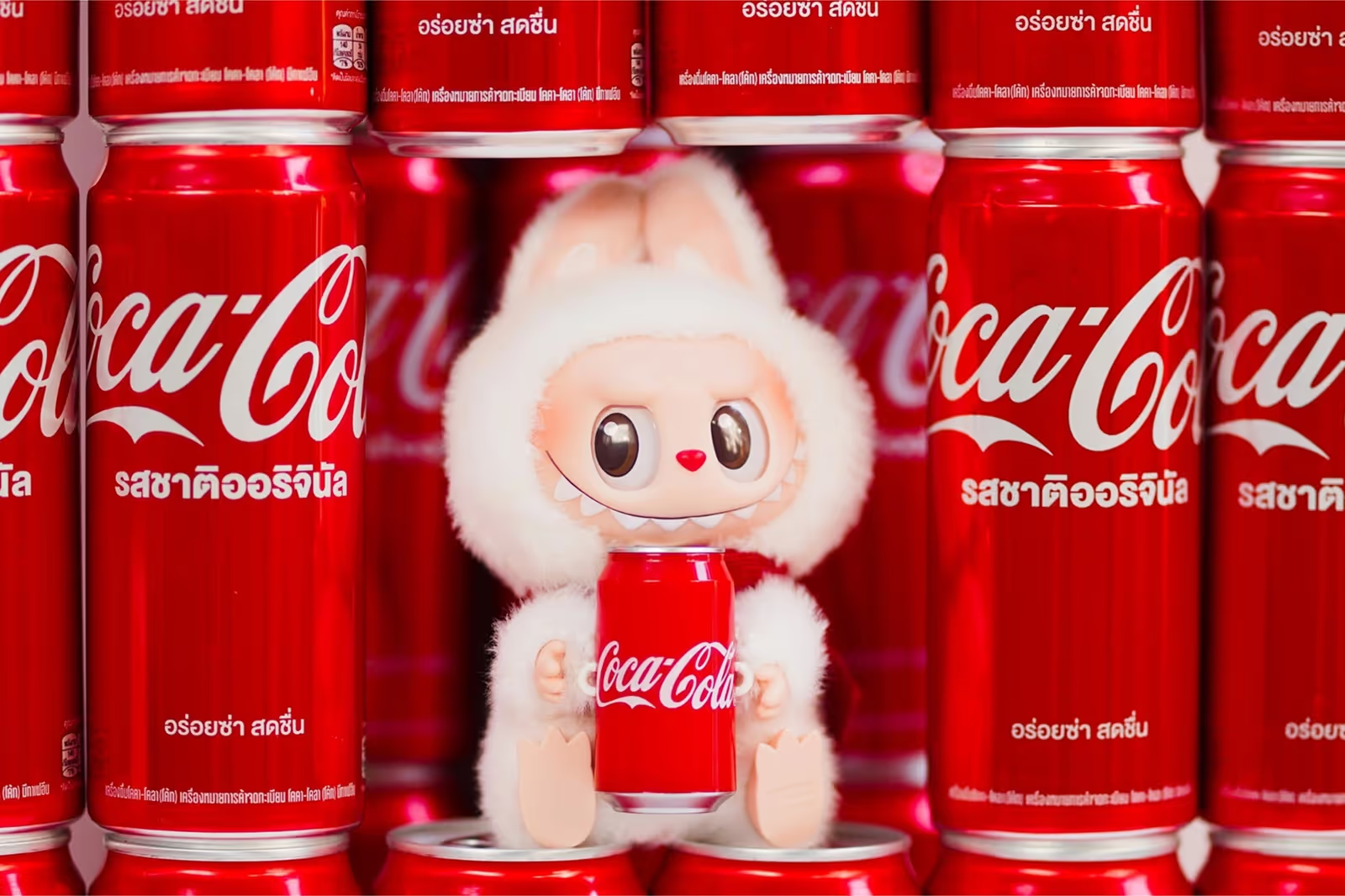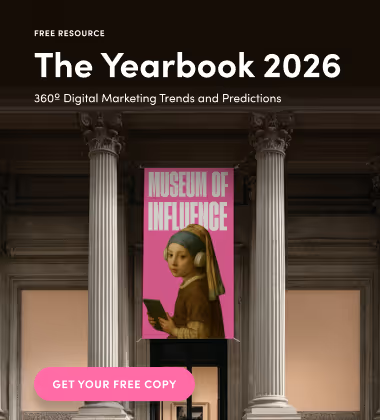From blind boxes to billion-dollar buzz, Labubu has taken over 2025’s cultural and marketing landscape. This article breaks down how the quirky Pop Mart figure became a global obsession and what smart brands can learn from its hype-fueled rise.
What Is Labubu and Why Is It Blowing Up?
Labubu is more than just another viral toy. It’s a global phenomenon born from Pop Mart’s “The Monsters” collection. What started as a niche designer toy from Asia has become a cultural icon, thanks to its creepy-cute appeal, profound lore, and fan-first launch strategy.
Labubu’s sudden dominance in social feeds isn’t accidental. The figure thrives on exclusivity, launching via blind box sales that heighten anticipation and scarcity. Limited editions, high resale prices, and emotional unboxings turned what is essentially a plastic toy into an in-demand collector’s item and a masterclass in hype marketing.
Why Marketers Are Calling It a “Marketing Masterclass”
Labubu’s breakout moment was both entertaining and educational. It revealed a marketing blueprint that any brand can learn from.
Blind-Box Psychology & Scarcity
Selling toys in sealed mystery boxes triggers curiosity and FOMO. Each drop feels like an event. The scarcity element, combined with randomized purchases, fuels repeat buying and community-driven swapping. This model has influenced everything from concert ticketing to the launch of sneakers.
Celebrity Amplification & UGC
Labubu didn’t rely on traditional ads. Instead, celebrities and influencers showcased their collections online, making the toy aspirational. From Tiger Berry editions to collabs like Coca-Cola Labubu, influencer marketing played a defining role in scaling awareness.
This is where brands should take notes: Labubu’s rise was simply engineered by real people, excitement, and raw, fan-led content.
Cultural Identity & Aesthetic Boldness
Labubu’s oddball look isn’t universally cute. And that’s the point. Its sharp, spooky design rooted in folklore gave it a visual identity that stood out from mainstream collectibles. It proved that being niche and specific can win big when storytelling is strong.
Global Expansion with Local Flavor
Localizing Labubu was a solid move by Pop Mart. In addition to exporting it, regional drops, language-specific packaging, and collaborations with global artists helped the brand scale without losing its soul. Even the product names, such as “Labubu keychain,” “baby Labubu,” and “diamond-infused Labubu,” were intentional SEO.
Product Drops & Limited Editions
Labubu thrives on scarcity, with timed drops and limited-edition runs fueling FOMO and driving demand. Each release becomes a moment, sparking urgency, community chatter, and instant sellouts.
Fan Communities & Resale Culture
Collectors and fans have built thriving resale and trade communities around Labubu, boosting its cultural relevance. This grassroots momentum adds perceived value and extends the brand story far beyond the initial sale.

Image Source: Shutterstock
Marketing Takeaways from Labubu Craze
Labubu isn’t a random flash-in-the-pan. It’s a sophisticated, strategy-led viral success. Here’s what marketers should learn:
Labubu is a marketing playbook in motion. It showcases how creator funnels, scarcity loops, and fan-building strategies can be combined to drive genuine connections and conversions.
Labubu vs Traditional Toy Marketing: Comparison
So, What Should Brands Do?
Trends like Labubu don’t just entertain, they educate. They reveal the new rules of attention: niche wins, mystery sells, and influence multiplies.
For marketers, this is more than a moment. It’s a signal to build brand strategies that feel agile, fan-led, and playfully premium.
Labubu made noise in 2025. What will your brand do in 2026? Let’s talk about how to turn your next trend into lasting traction.
Need-to-Know Recap
- Labubu is a designer toy from Pop Mart that became a viral sensation through blind box scarcity, fan-driven hype, and influencer amplification.
- Its rise reflects a marketing masterclass built on surprise drops, UGC, and strong community engagement.
- Brands can learn from Labubu’s strategy by experimenting with limited releases, creator collaborations, and cultural storytelling.
- The toy’s success proves that today’s most viral products come from blending emotional branding, clever positioning, and social-first thinking.
- Labubu offers marketers a blueprint to turn niche trends into scalable, community-powered campaigns.


